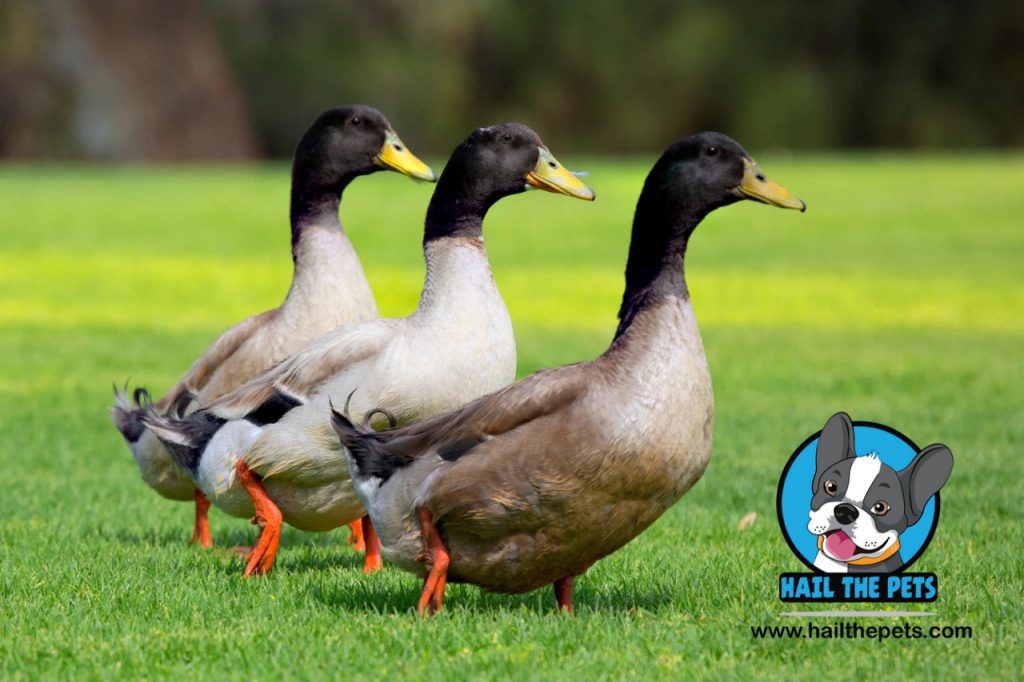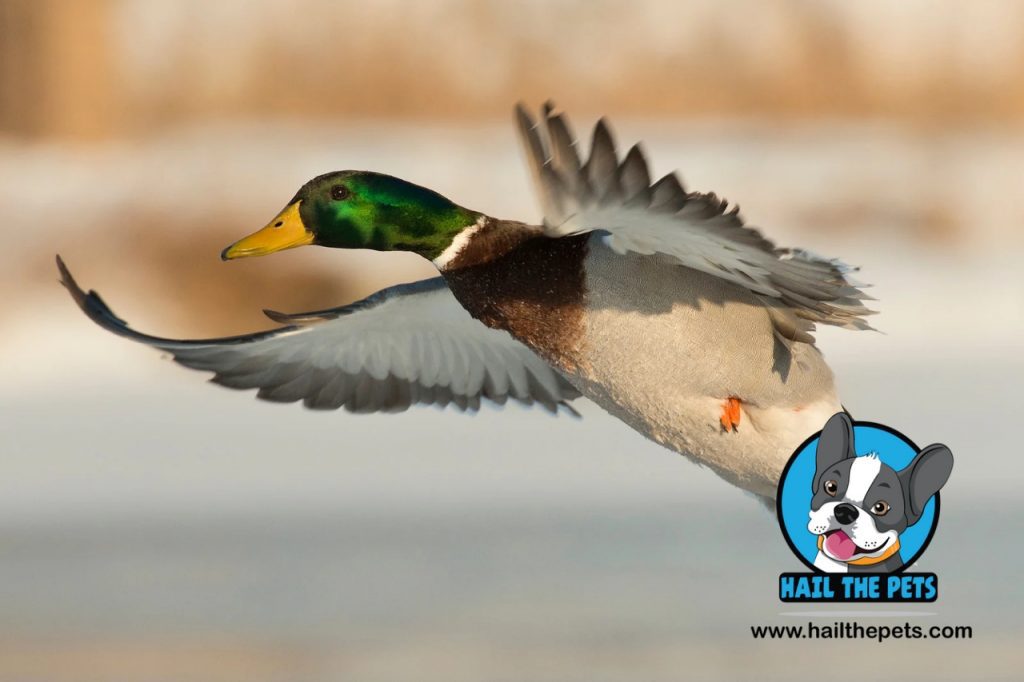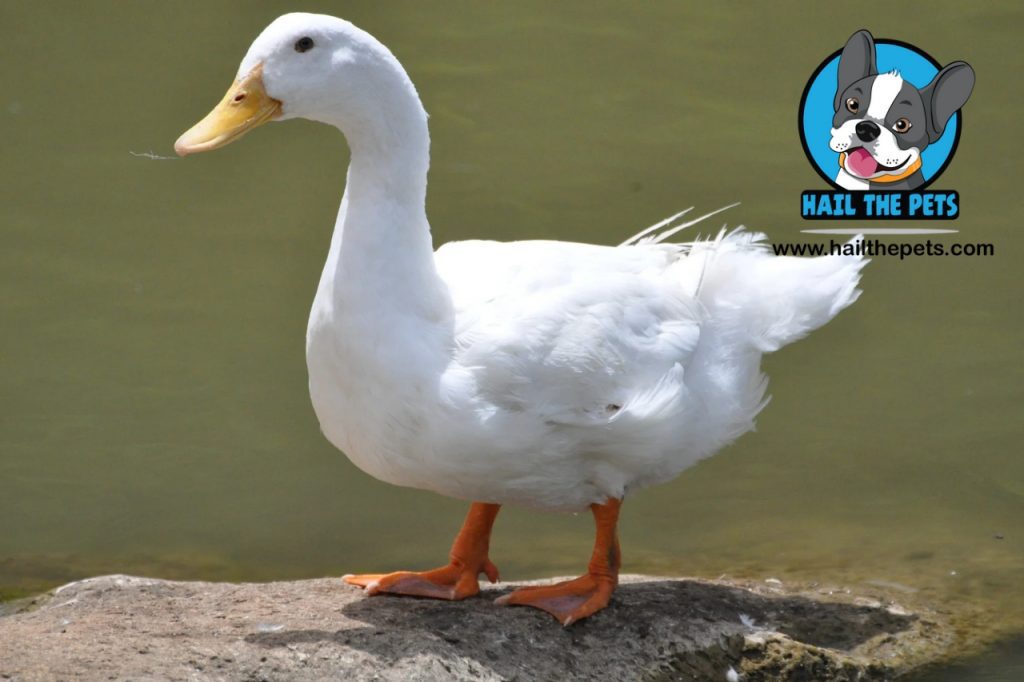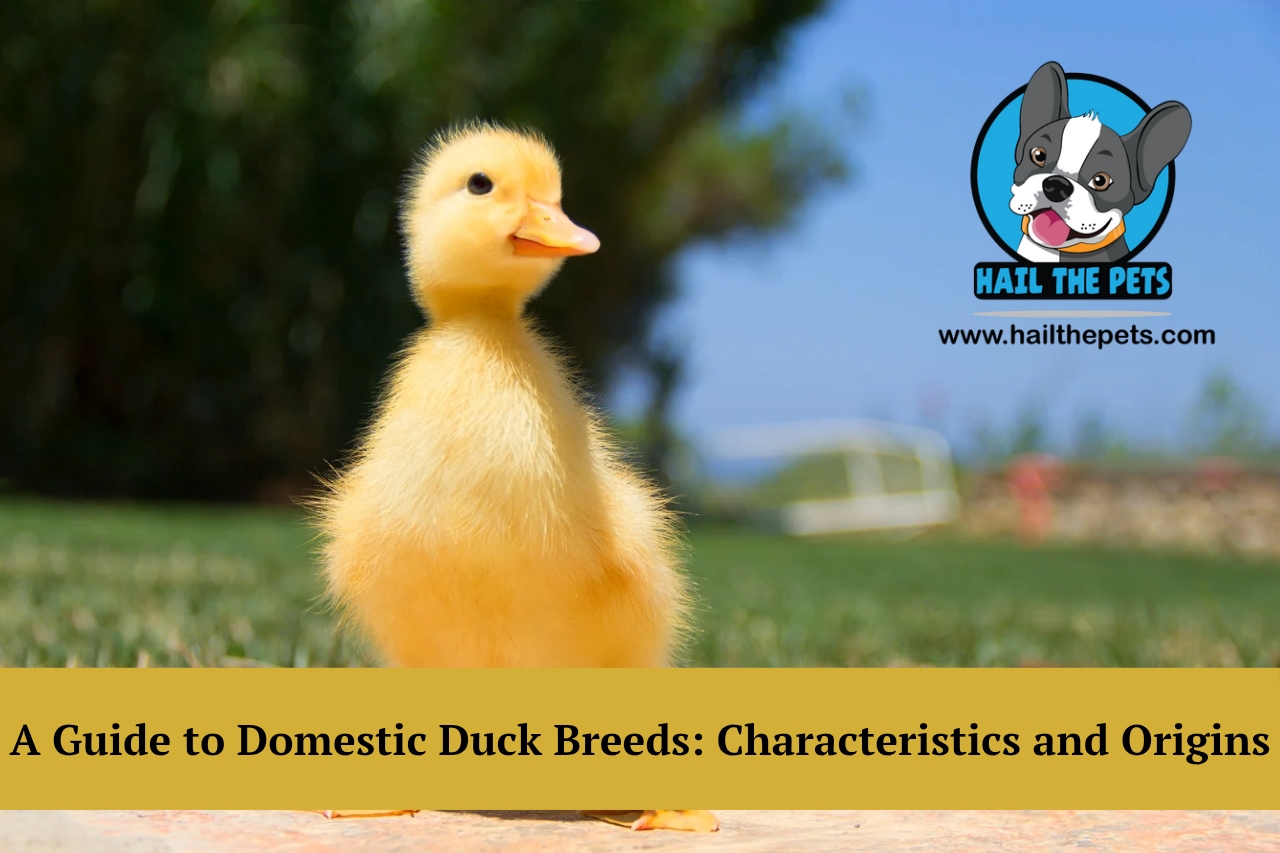Let’s start with a real story. Mrs. Patel, a retired schoolteacher living in rural Oregon, never imagined she’d become a duck mom. But that changed the day a friend handed her a fuzzy little duckling named Sunny. What began as a sweet, chirping companion soon became a full-on backyard duck community.
That tiny duck opened the door to a fascinating world most people overlook, the world of domestic duck breeds. From ancient origins to modern backyard coops, ducks bring history, personality, and purpose together in one feathery package.

A Helpful Guide to Domestic Duck Breeds
Ducks aren’t just cute, rather they’re full of personality, history, and purpose. Whether you’re thinking of raising a few or just love learning about animals, understanding domestic duck breeds opens up a world of charm and utility. Some breeds lay hundreds of eggs a year.
Others are prized for their meat, beauty, or friendly nature.
Most domestic ducks trace back to the wild Mallard, but a few stand out with completely different roots.
Whether you’re just duck-curious, a homesteader, or someone daydreaming about a quacking companion waddling across your garden, this guide will take you on a tour of the most captivating domestic duck breeds and the surprising stories behind them.
Read more: 12 Most Common Rabbit Sounds and What They Mean – June 2025
Mallard-Derived Duck Breeds
Fun fact that surprises most people is, almost every domestic duck breed you’ve ever seen, heard of, or eaten probably comes from the Mallard. That classic green-headed wild duck seen floating on local ponds is the parent of dozens of domestic breeds.
Why the Mallard, though? These birds are tough, adaptable, and people-friendly perfect candidates for domestication. Add to that their tendency to bond with humans and reproduce well in captivity, and it’s no wonder they’ve been the go-to duck for thousands of years.
Check out: 10 Fun Brain Games for Dogs: Keep Your Pup Mentally Stimulated and Happy – July 2025
Let’s look at a few examples:
American Pekin
This snow-white beauty is now the top meat duck in the U.S. Introduced from China in the 19th century, Pekins are friendly, fast-growing, and surprisingly mellow. They make up about 90% of duck meat consumed in the U.S.
Khaki Campbell
Don’t let the khaki coloring fool you. These ducks are powerhouses when it comes to laying eggs. A good Khaki Campbell hen can lay up to 300 eggs a year. They’re also hardy and adaptable which make them great for new duck keepers. Even if you think you’ve never seen a Mallard duck, chances are you’ve met its descendants. Their genetic legacy lives on in coops, farms, and backyards around the world.
Read more: Causes of Limberneck in Ducks
Muscovy Duck Characteristics
Muscovy is the rebel of the duck world. Unlike the rest of the gang, this duck has nothing to do with the Mallard family tree. Native to Central and South America, the Muscovy was being raised by Indigenous peoples long before Europeans showed up. Muscovies are hard to miss.
They’ve got red and bumpy caruncles around their eyes. Long claws on their feet, and a tail that wags like a dog’s makes them attractive. They also fly well and roost in trees, which is rare among domestic ducks. The kicker is that they don’t quack. Instead, they hiss and chirp. It’s a little strange at first, but many backyard keepers grow to love the quiet atmosphere they create.
Learn more about: 10 Best Birds for Apartment Living – December 2024
Their meat is another standout quality. Muscovy meat is leaner, richer, and has 50% less fat than that of Mallard-derived ducks. It’s also more flavorful even though some say it’s closer to roast beef than typical duck. That makes them popular in gourmet cuisine and on small farms that value high-quality meat.
Muscovies are excellent foragers and love to eat flies, ticks, and mosquitoes. If you’re looking for a pest-control team that doubles as a meat bird and yard ornament, the Muscovy is your MVP.
Read more: Seeds vs Pellets: What to Feed Your Bird – May 2025
History of Duck Domestication
It’s wild to think that our fluffy backyard ducks are part of a 4,000-year-old tradition. Domesticated ducks have been around since ancient times. They are in Southeast Asia where ducks were raised for eggs and meat long before most modern farms existed. The earliest evidence of duck domestication comes from China.
In China, farmers selectively bred Mallards to be more docile and productive. Ducks fit well into rice farming systems and happily eat pests in flooded fields while fertilizing the soil. Even the Egyptians kept ducks. Paintings and carvings show ducks being captured, penned, and even force-fed).
Fast-forward to medieval Europe, and ducks were a common sight in village ponds and castle moats. By the 1800s, duck breeds began arriving in America, and farmers quickly started refining them. Selective breeding gave us larger, tamer, and more specialized birds. Some were for meat, others for eggs, and a few just for show.
Check out: Discovering Birds with Red Heads: 5 Breeds to Know
Every breed today carries a bit of that history in its feathers. When you raise ducks, you’re participating in an ancient or global tradition.

Popular Duck Breeds Worldwide
Some ducks have crossed continents and cultures to become absolute celebrities in the backyard poultry world.
The Pekin duck, for starters, is the world’s favorite meat duck. They are white, friendly, and incredibly fast-growing. Originally from China, it’s now farmed on nearly every continent. Their mellow nature and rapid growth make them a favorite for beginners. Then you’ve got the Indian Runner, the comedian of the duck world.
Read more: Top 10 Pet Bird Species for Beginners: Easy to Care for and Friendly
With its straight-up walking and bowling-pin gait, this duck isn’t only cute, it’s prolific too. These ducks do not waddle; they run, and they produce 200–300 eggs a year. The Rouen is essentially a giant Mallard. It’s mainly used for meat and exhibition purposes, due to its rich coloration and tranquil nature.
If you enjoy Mallards but desire one larger and quieter, Rouens are an excellent choice. Don’t forget the Call duck. Originally used to call in wild ducks during hunting, this little yapper now makes a great pet. It may be small, but a breeder and family favorite. Whatever your desire, eggs, meat, or a little bit of charm, these ducks have it.
Read more: Exploring Unusual Bird Behaviour: Top Ten Popular Birds to Keep as Pets – January 2024
Rare Duck Breeds
Let’s discuss the underdogs. Certain breeds of ducks are quietly disappearing, overshadowed by industrial farming’s “big three” Pekin, Khaki Campbell, and Muscovy. Although, lesser known breeds have got stories and traits worth preserving. Take the Welsh Harlequin, a gentle, stunning duck with cream-and-chestnut feathers.
Developed in the 1940s in Wales, it’s one of the most beautiful and calm-tempered ducks out there. It also lays a respectable 250+ eggs per year. Yet, it’s considered critically endangered. There’s the Cayuga, a gorgeous black duck with iridescent green and purple shimmer.
Once popular in the U.S., it declined with the rise of commercial breeds. It’s quiet, cold-hardy, and lays unique black-to-grey eggs. Silver Appleyard is also large and dual-purpose breed hails from England is perfect for farms that value both meat and eggs. Its friendly nature and eye-catching plumage make it a hidden gem. These breeds may not be on supermarket shelves. However, they deserve a place in our flocks and hearts.
Duck Breed Conservation Status
Many domestic duck breeds are quietly slipping into extinction. As industrial agriculture prioritizes efficiency. Genetic diversity takes a back seat. Rare duck breeds hold unique genetics that could be crucial in facing future challenges.
Consider adding a rare duck breed to your flock, if you’re someone who loves heritage, sustainability, or simply wants to help preserve living history. Every egg laid and every duckling hatched is a step toward saving a unique genetic treasure.
Read more: Duck breeds: A complete guide
Hybrid Duck Breeds
Have you ever heard of a Mule duck? It’s not a donkey with feathers. It is actually a cross between a Muscovy and a Pekin. They’re a specialty in French cooking and prized for their tender flesh and high feed conversion. Hybrid ducks such as these are generally sterile, or unable to reproduce.
That is not ideal for breeders, but it makes them extremely consistent in performance. They are ideal for commercial farms or specialty culinary markets. In backyard settings, hybrids can also happen naturally. Suppose, you have a Rouen and a Runner together, don’t be surprised if their ducklings come out with unexpected color patterns or personalities.
Know more about: Stress Signs in Pet Fish: How to Identify and Reduce Aquarium Stress – June 2025
While hybridization can add diversity and sometimes improve traits, it’s important to breed responsibly. Focus on health, temperament, and the ethical treatment of both parents and offspring. Used wisely, hybrids can enhance your flock and even create new traits worth preserving.

The Quacking Truth: Why Domestic Ducks Matter
Back to Mrs. Patel. What began with one duckling became a daily source of joy, therapy, and even fresh eggs. Her backyard flock includes a curious Call duck, a regal Cayuga, and two hilarious Indian Runners. They’re companions, entertainers, and part of her daily rhythm.
All over the world, people are rediscovering the joy of ducks. They’re easier to care for than many think, and their personalities shine through more than most expect. They play and follow you around. Plus, they’re eco-friendly. Ducks naturally fertilize gardens, control pests, and fit beautifully into small-scale permaculture systems. Whether you’re in it for sustainability, food security, or just companionship, domestic ducks offer something rich and real.
Have a look at: Exploring Unusual Bird Behaviour: Top Ten Popular Birds to Keep as Pets – January 2024
Conclusion
From Mallard-derived duck breeds that dominate backyard farms to the unique Muscovy duck characteristics that set it apart, this world of feathers, waddles, and gentle honks is full of wonder. These birds are living history.
They are genetic treasures and unlikely companions for many people. Whether you’re inspired to raise your own flock or simply more mindful the next time you see ducks in the park, remember. Behind every feather is a fascinating story. Who knows? Maybe one little duck will change your life too.
